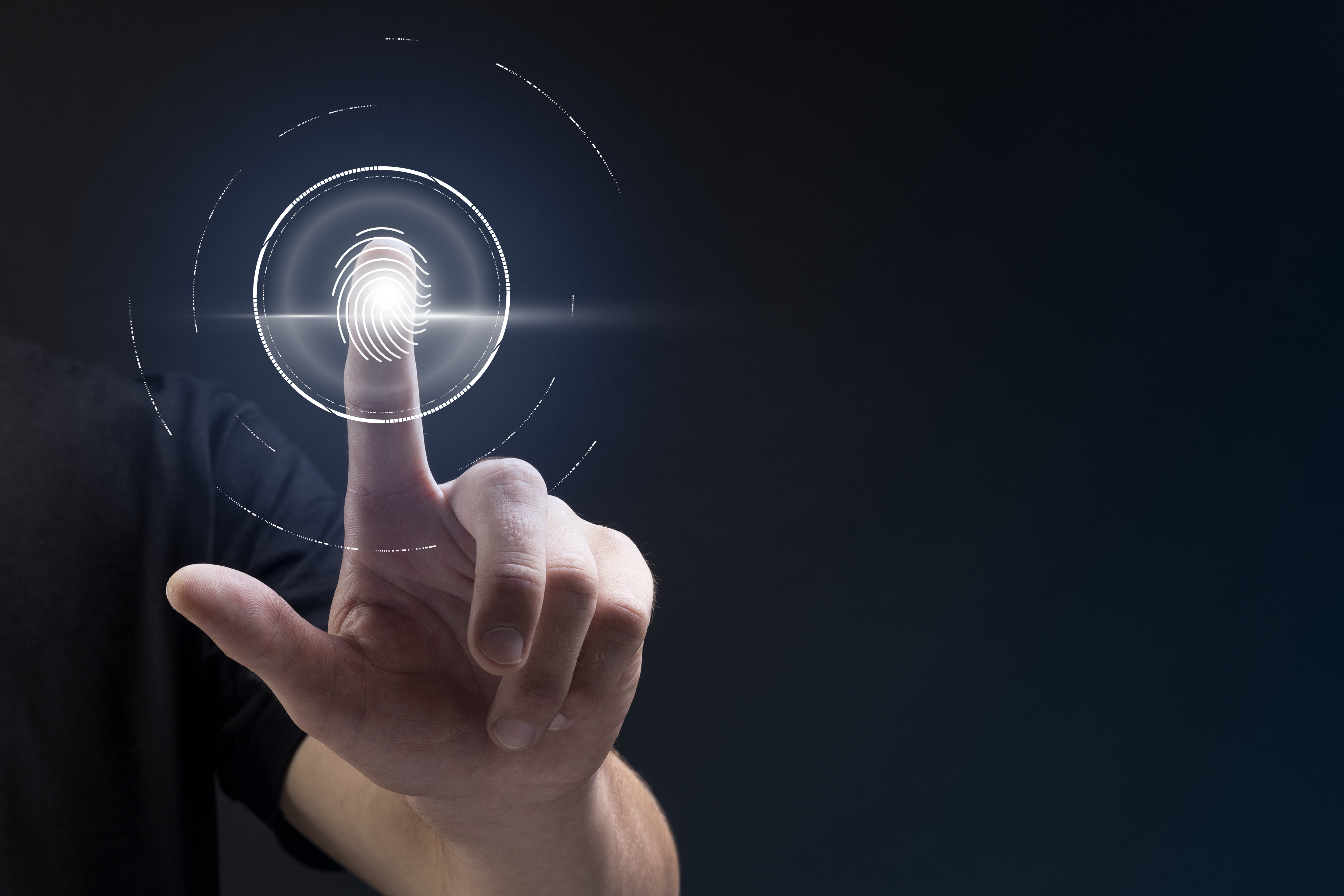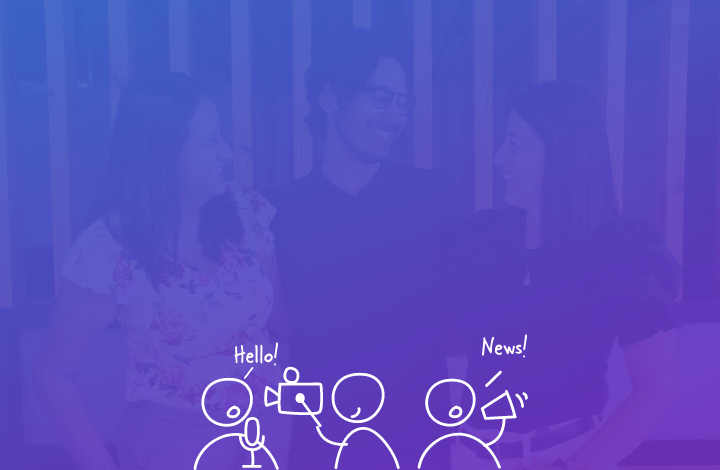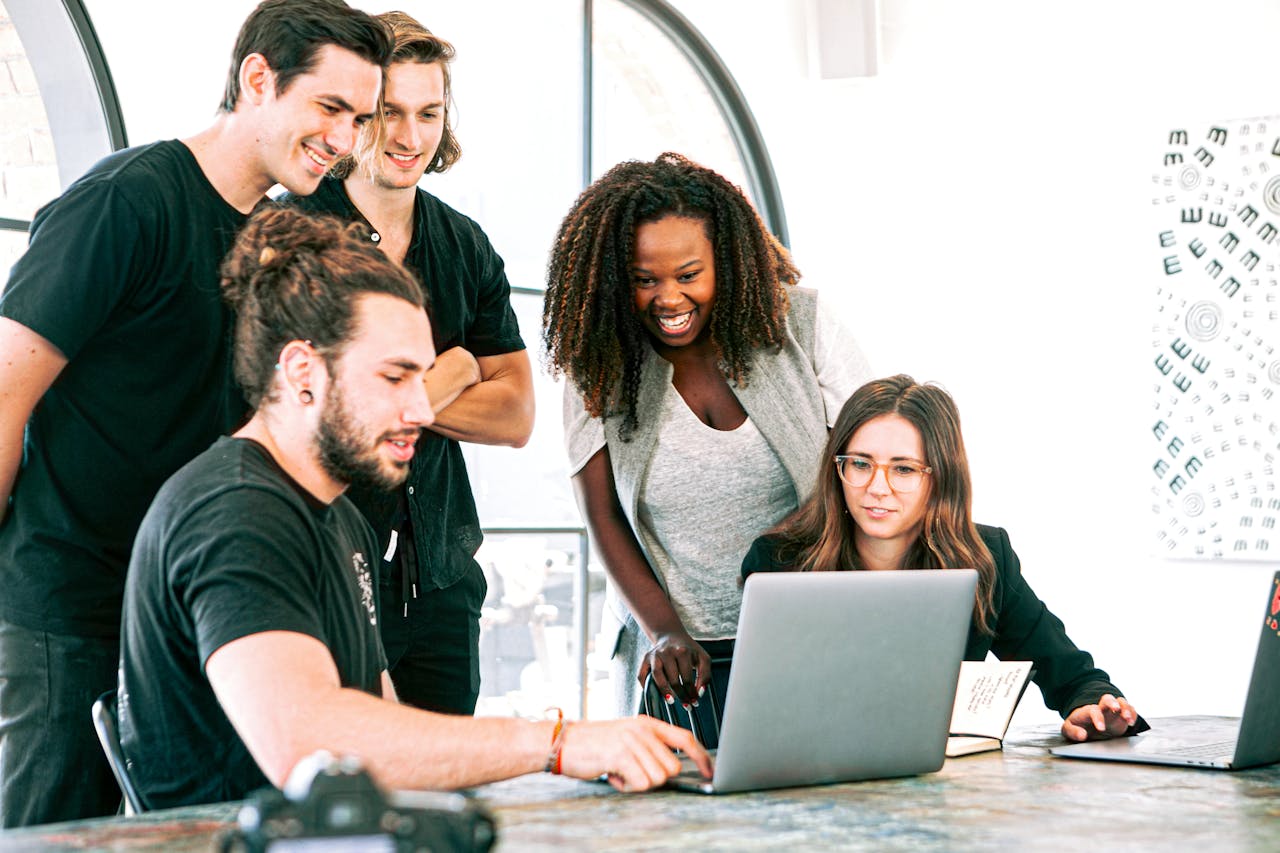December 1, 2021

Colombia, IT Talent, Software Development
Clutch: 2021 Top Custom Software Development Companies in Colombia
From websites, applications, integrations, and more, the development industry has undoubtedly been one of the most influential industries in the market today. These new technologies have helped shape a new landscape for businesses and companies. Companies like Cafeto Software have been assisting countless companies in building their dream solutions and products.
Today, we will celebrate our team’s dedication and determination in bringing the best software solutions to the market. Without further ado, we are very excited to announce that Clutch has recently named us as one of the best custom software development companies in all of Colombia.
Here is our CEO, Luis Perez, for a brief speech of acceptance:

“Being recognized by Clutch as one of the Top Developers in Colombia is just amazing. This reinforces our commitment to give the best of ourselves every day to our clients and team members.”
We would also like to take this opportunity to extend our gratitude to our clients! Our team wouldn’t be where it is today without your help. That’s why we wanted to dedicate this outstanding award to all of you who have supported us since day 1.
Lastly, for those that don’t know, Clutch is a rating and review website in the heart of Washington, D.C., Clutch connects businesses with the best-fit agencies or consultants they need to tackle their next big business challenge.
Do you have an idea in mind? Reach out to our team today, and let’s turn that idea into a reality. We are looking forward to hearing from you.









